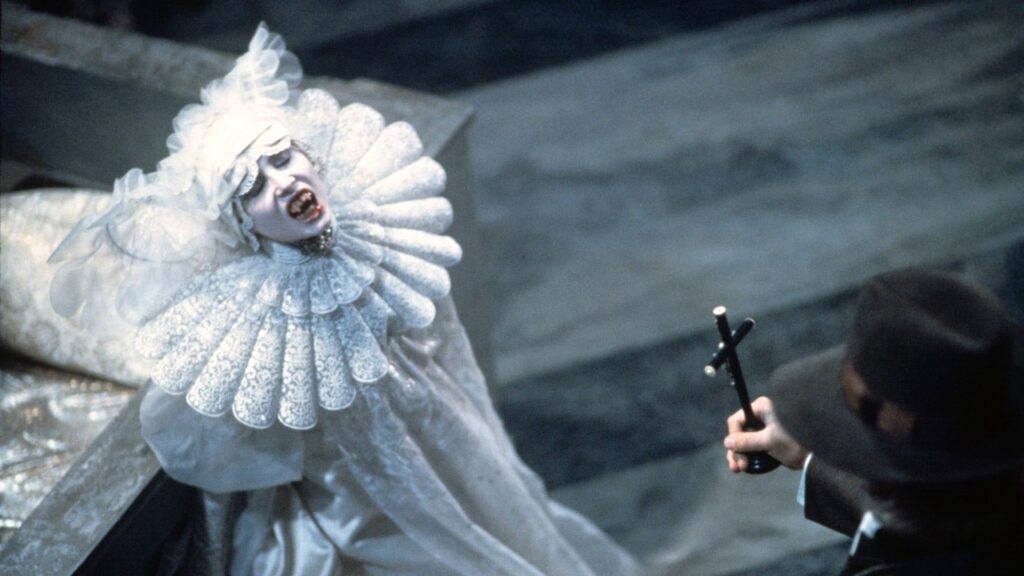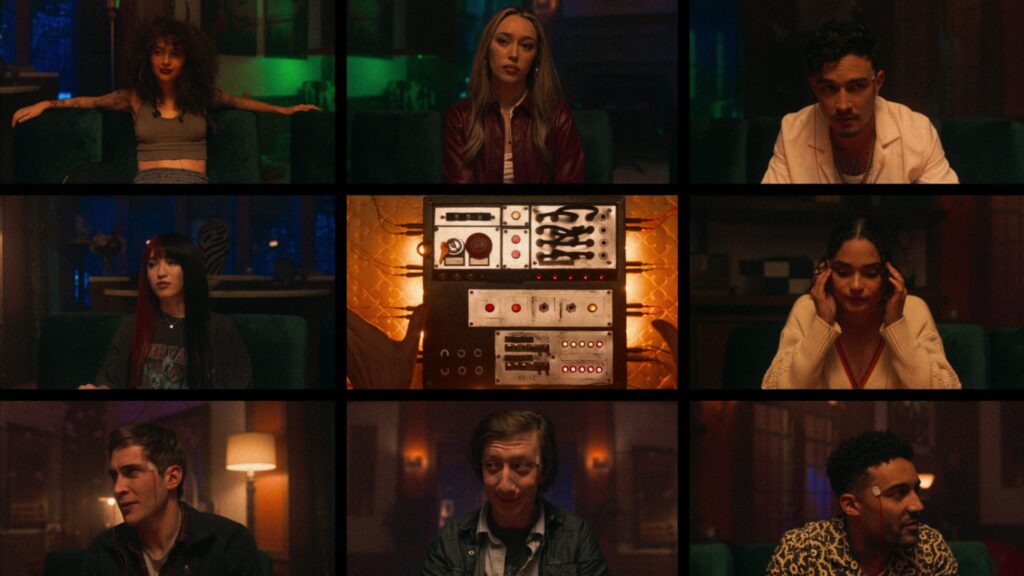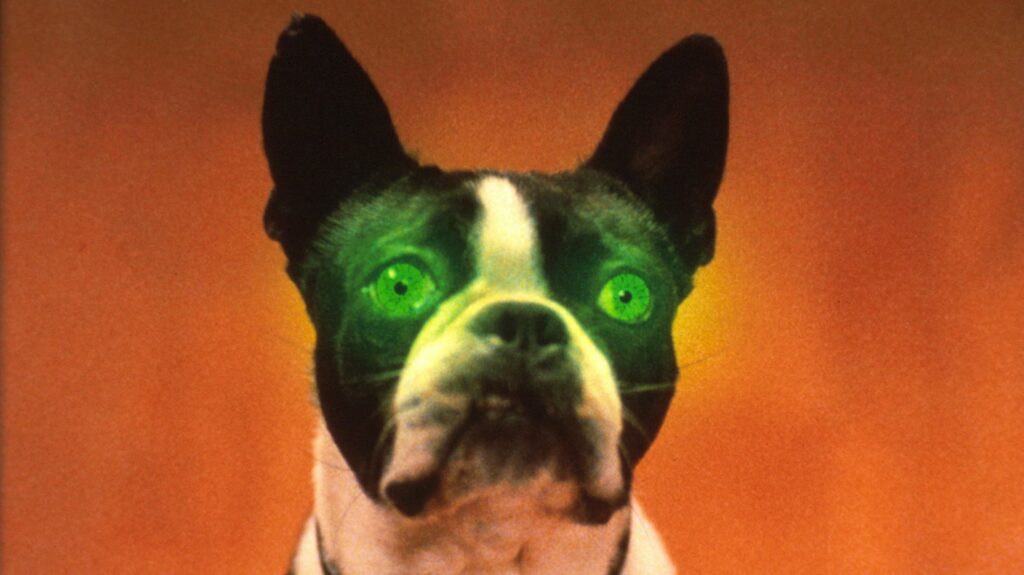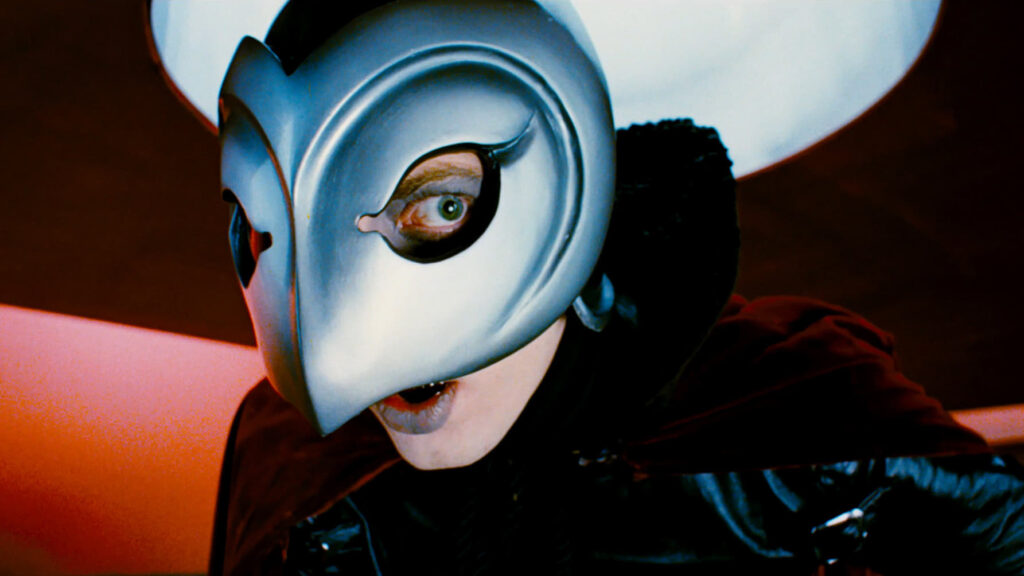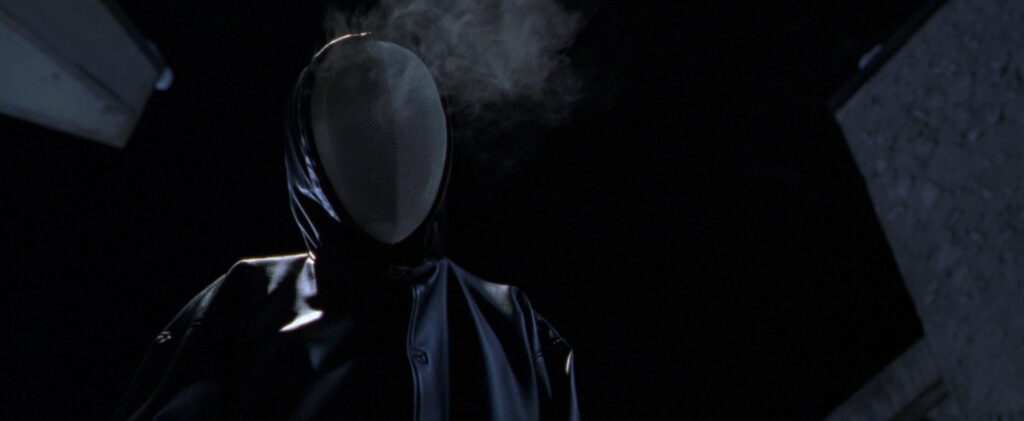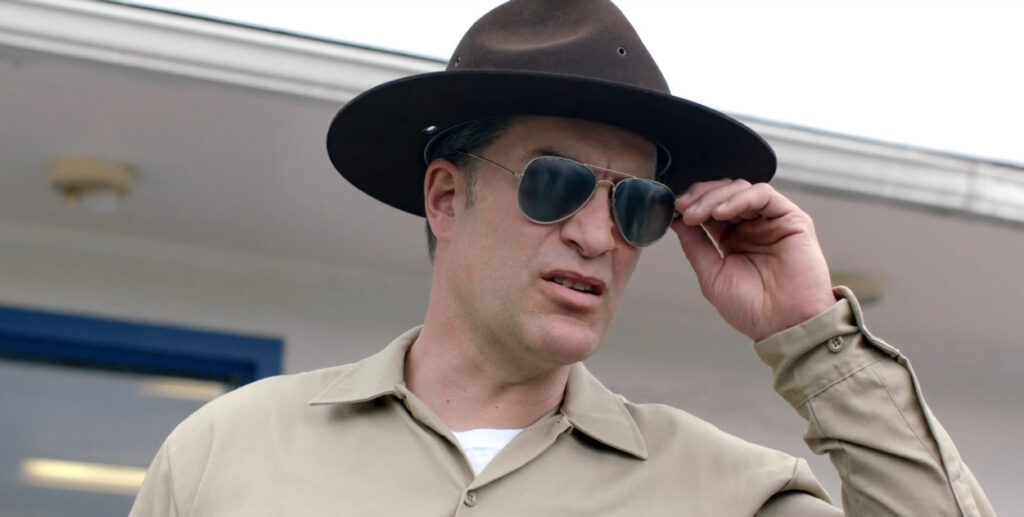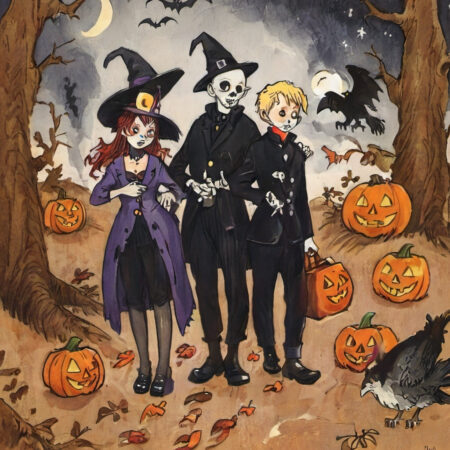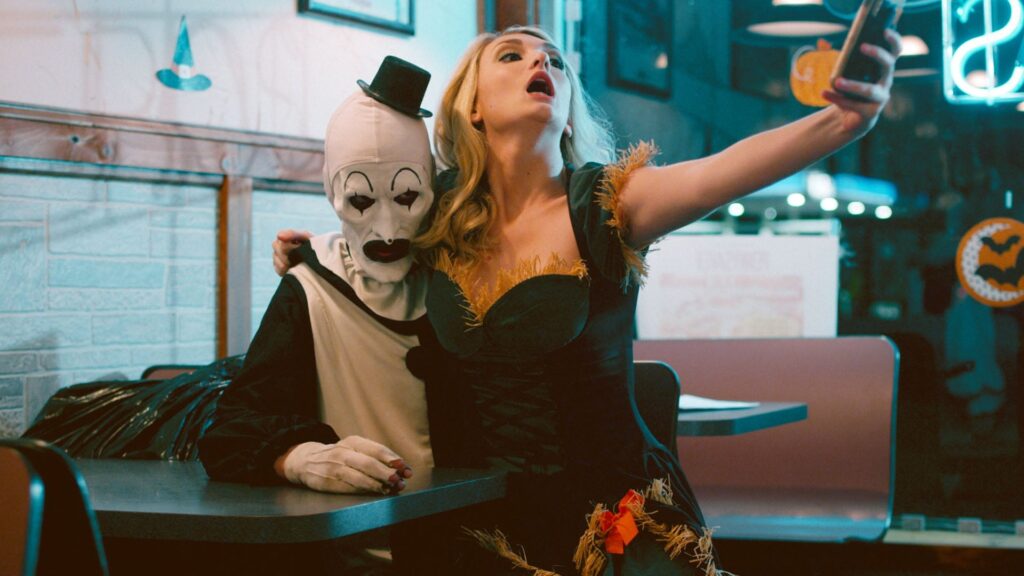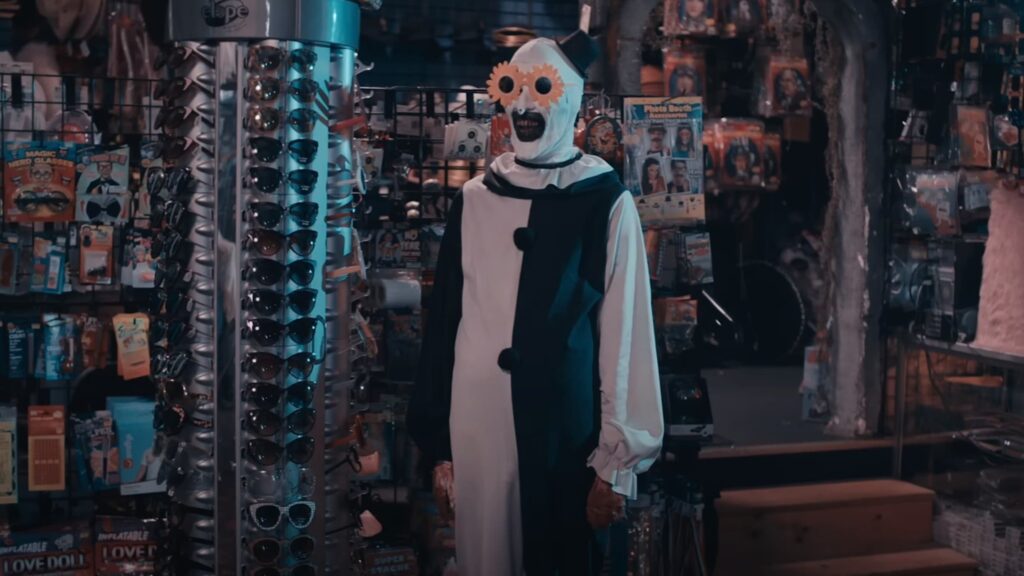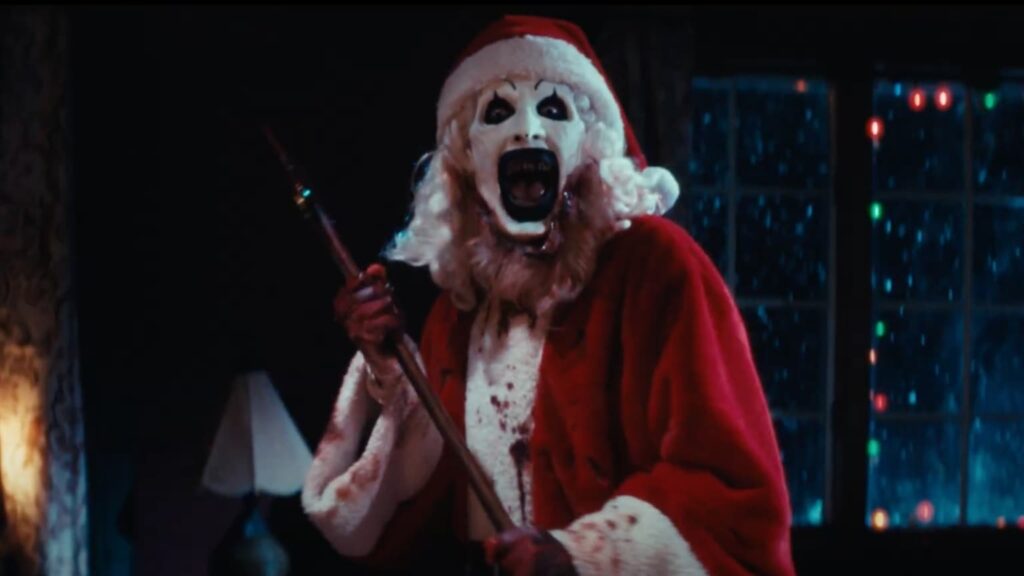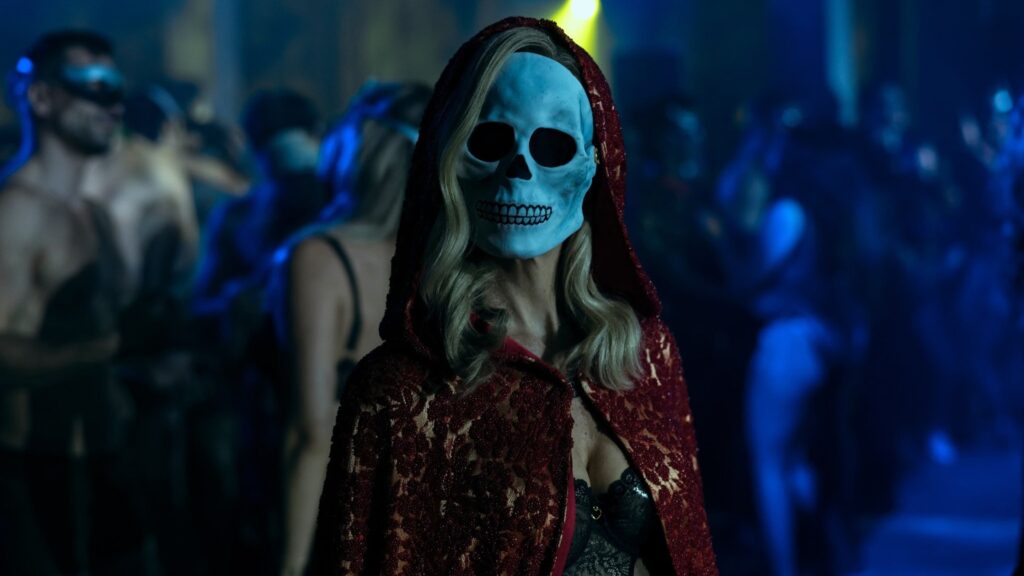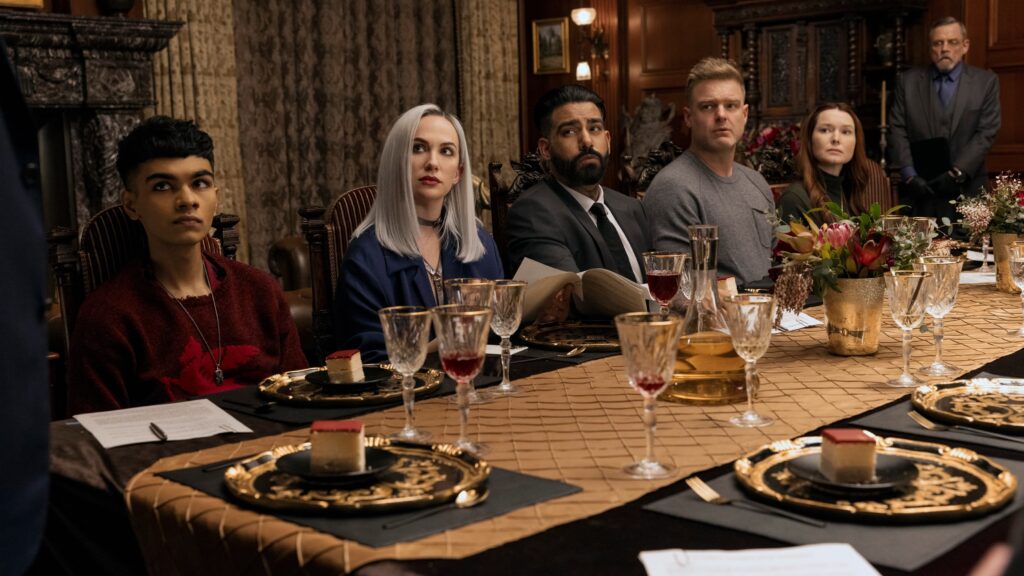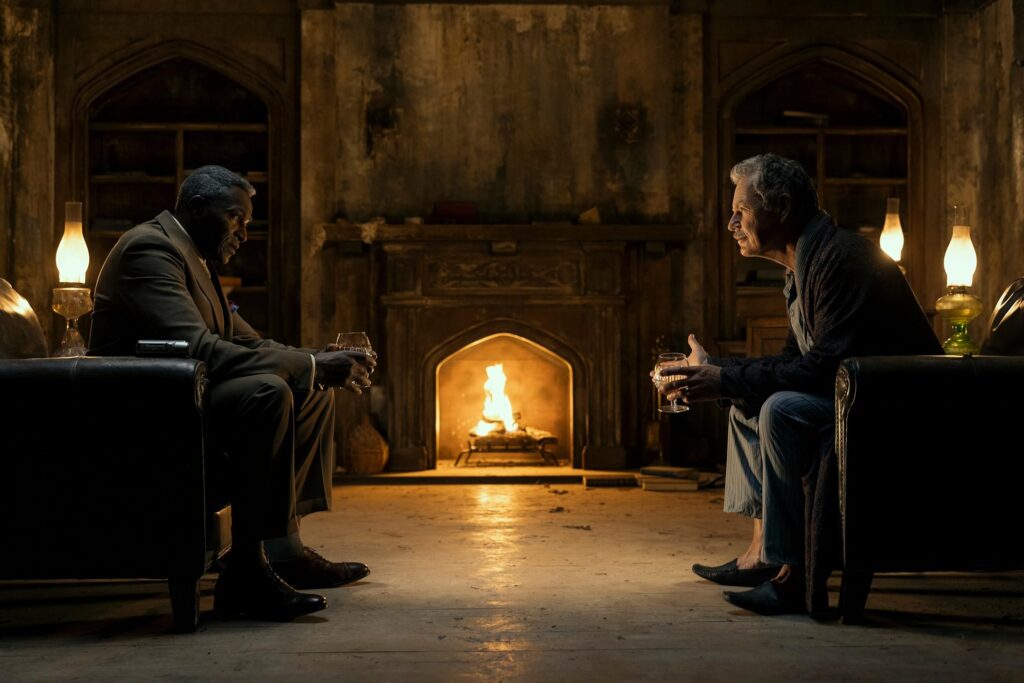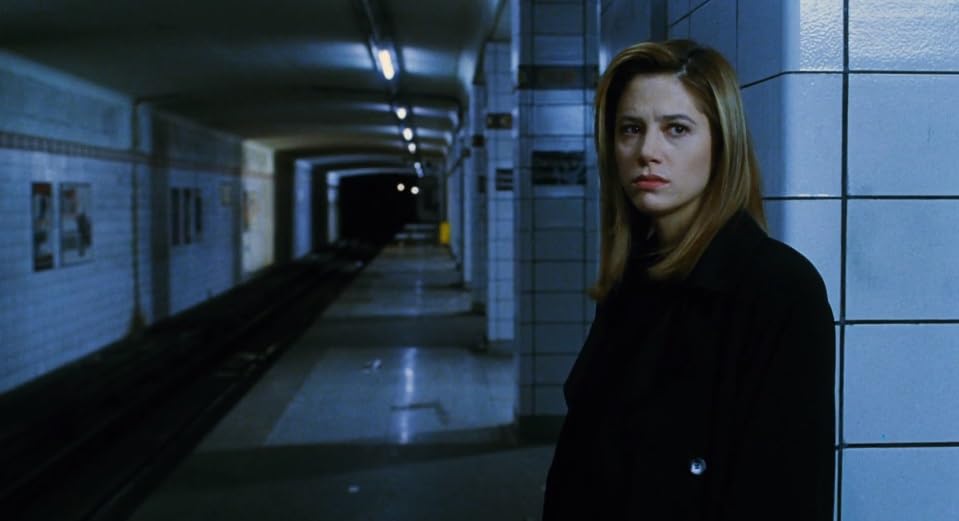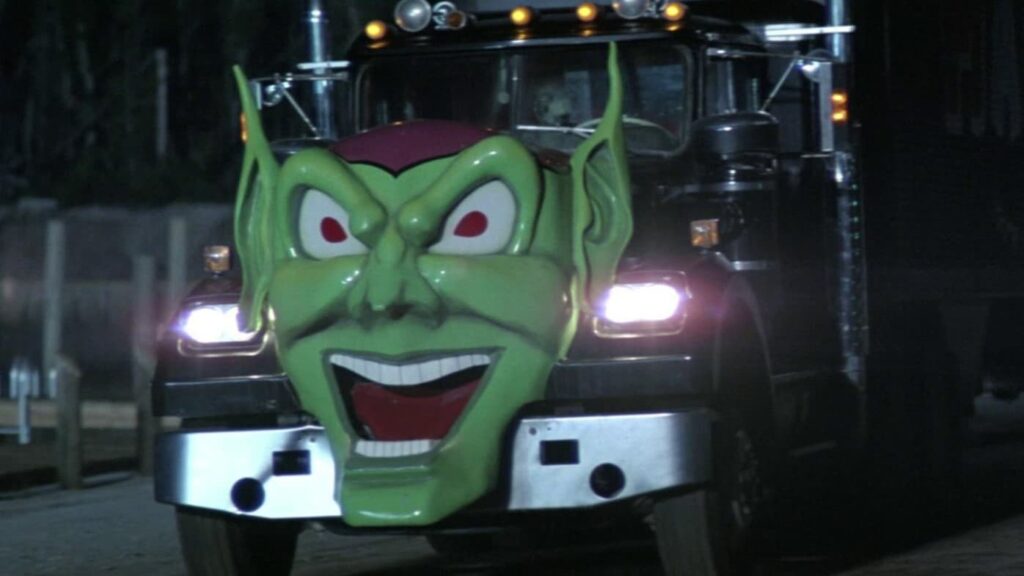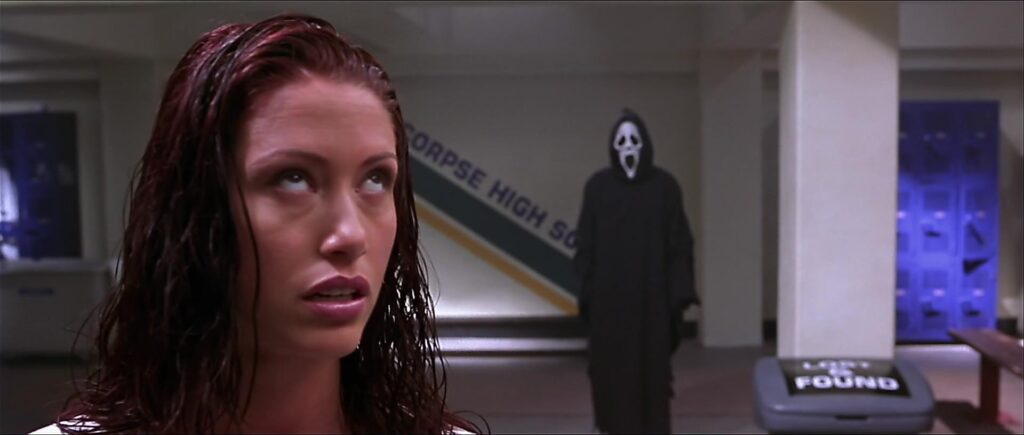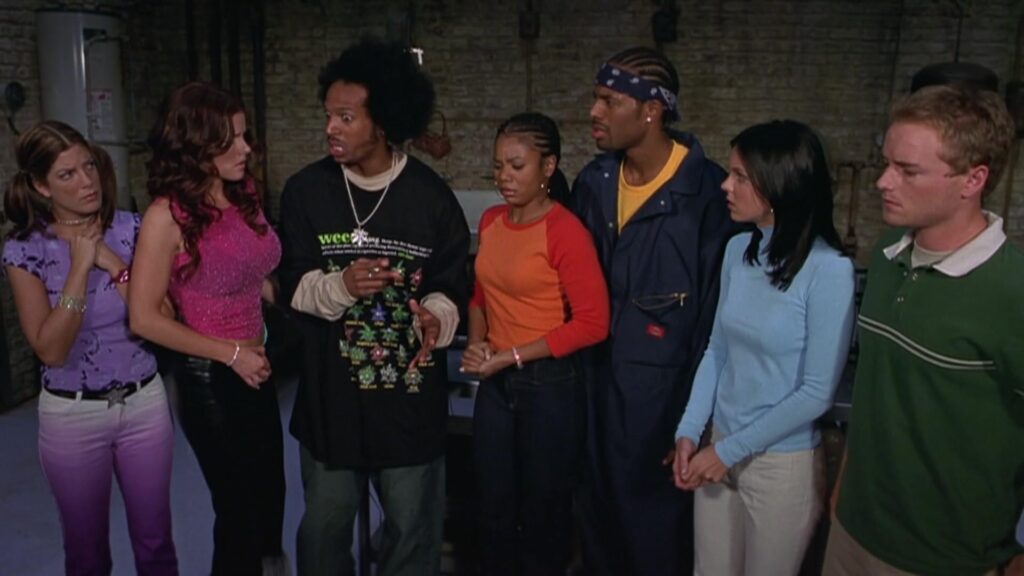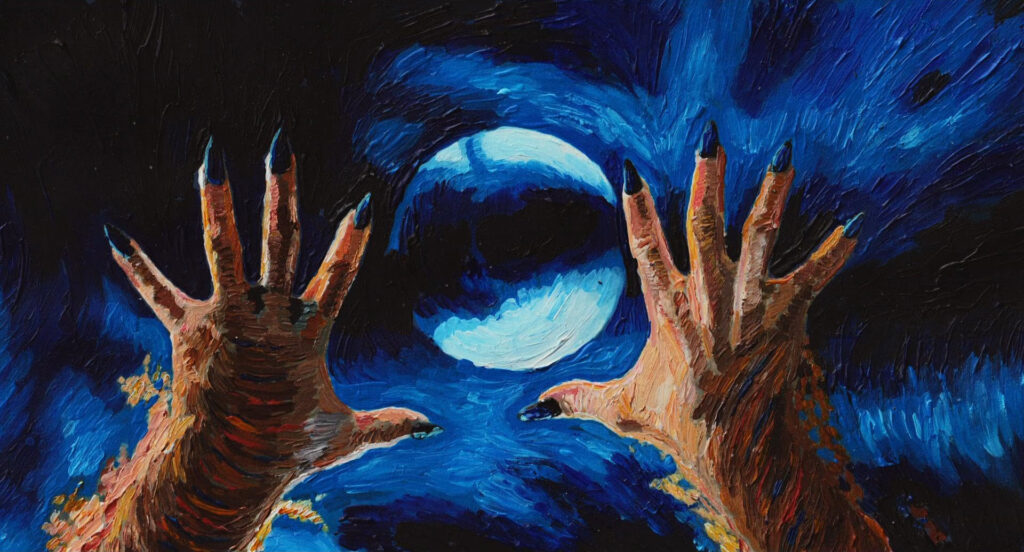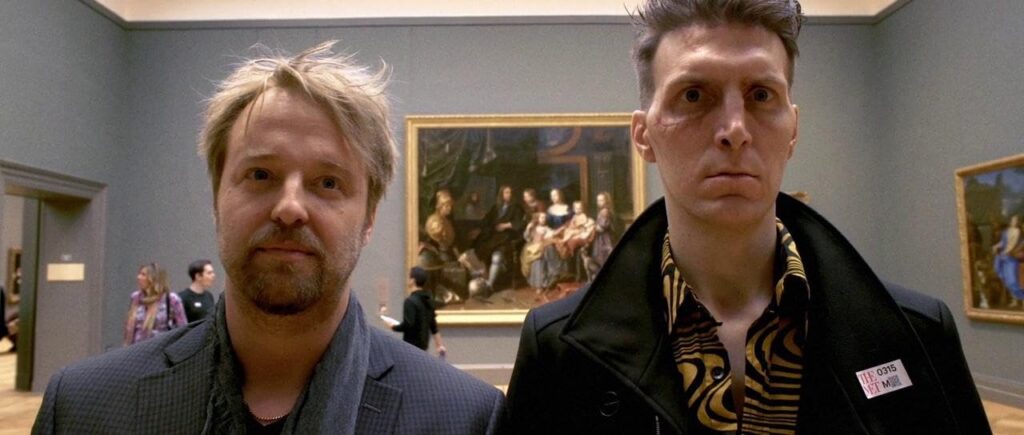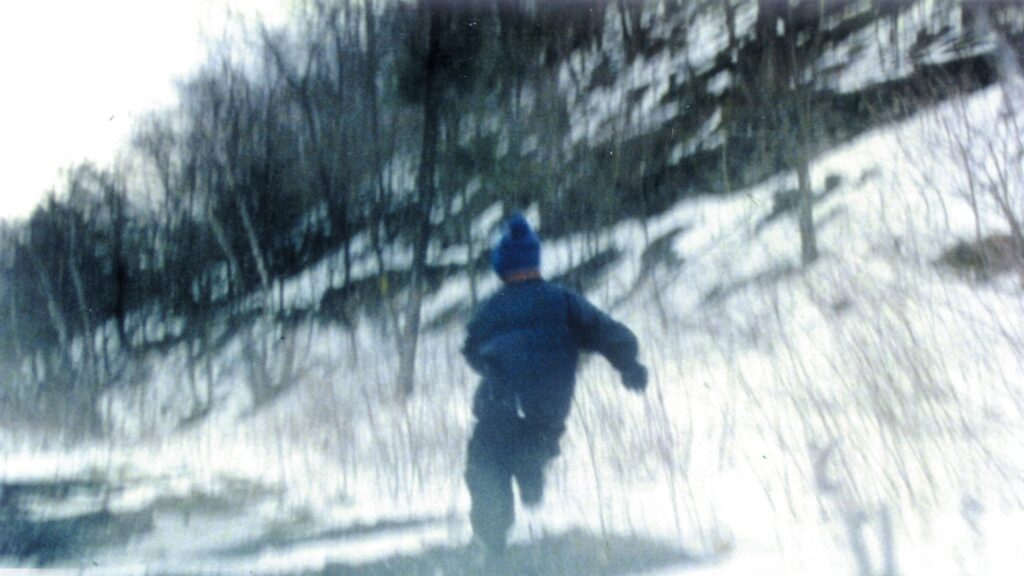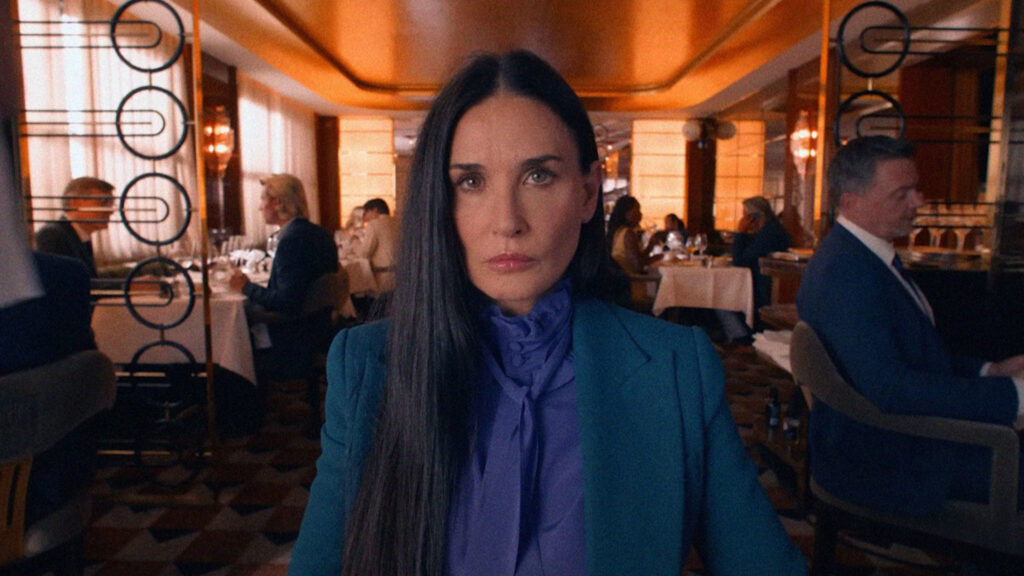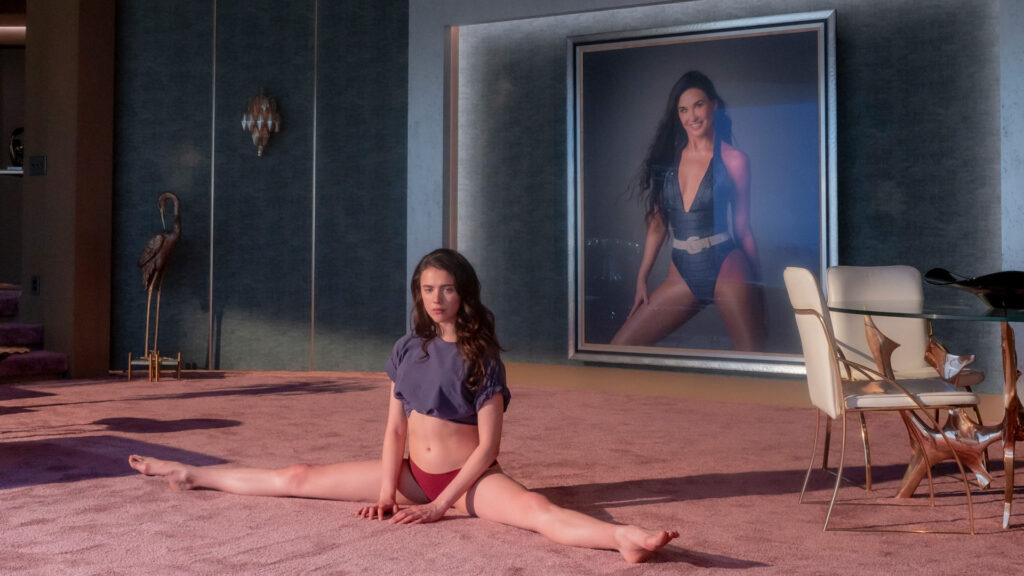Halloween Reading Roundup 2024
The Six Weeks of Halloween may appear to be a movie watching exercise, but all is not what it appears: the Halloween season is filled with other nominally spooky activities like hayrides, haunted houses (and haunted dining establishments and haunted mini-golf and haunted bonfires/cookouts, you get the picture), pumpkin mutilation carving ceremonies, and of course, lots of Halloween Reading. This year’s selections have a mix of old and new, classic and… not so classic (and everything inbetween). A few new-to-me authors, a couple of folks only discovered the last few years, and some legendary names that I wanted to brush up on… I think I found a pretty good balance, so let’s take a closer look:
Halloween Reading Roundup 2024
Dracula, by Bram Stoker – One of those foundational novels that everyone should read, if only because so much of the genre can be traced back to here. Stoker didn’t invent the concept of the vampire and this wasn’t the first novel to tackle the subject, but he established and codified so much of what we know that nearly everything that followed is dependent, in some way, on this novel. We’ve already covered a few of the filmic adaptations this year, and it’s always interesting to read the source material, especially when it’s so divergent from its adaptations.
This is an epistolary novel, meaning that the story is told entirely through diary entries, letters, and newspaper articles. This is the sort of thing that doesn’t translate well to screen adaptations, though the story itself isn’t all that complicated. Still, reading the story in its original form does help smooth over some of the issues you might have with the various adaptations. The very form of the novel emphasizes the perspective of various characters, including their lack of knowledge. This leaves certain gaps in the overall story that feel natural in the context of the novel, but can be difficult to adapt. Perhaps as a result of its unusual format, it holds up surprisingly well. It’s also worth noting that you get more information about various side characters, several of whom are more prominent in the novel than the various adaptations.
Dracula himself is only described by other characters, so you don’t get anything from his perspective. In previous posts, I’ve mentioned that Dracula is a character that tends to suffer from Flanderization, and it’s interesting that his eponymous novel actually has less background and detail than many of the adaptations, which usually add a tragic backstory, more personality, and even romance (or horniness) than is present in the original novel. He is far more monstrous here than we are accustomed to from the movies, though some get it reasonably correct I guess.
I have the dead tree edition and referenced that, but I mostly just listened to the Audible Edition, which is an excellent production featuring different voice actors for each character, including some big names like Alan Cumming and Tim Curry. Recommended if you’re looking for a new way to experience the novel (or if you’ve never read it). It’s also free if you have an Audible subscription (there are several other editions available on Audible, but I have not sampled those).
The Portable Edgar Allan Poe – I was already familiar with some of Poe’s more famous stories and poems (i.e. The Raven, The Tell Tale Heart, etc…), but I wanted to have Poe fresh in my mind before watching Mike Flanagan’s The Fall of the House of Usher Netflix series, so I picked up the Penguin Classics collection (which is not comprehensive, but good enough for my purposes).

In terms of his fiction, the collection splits the stories up into various themes, like Predicaments, Bereavements, Antagonisms, Mysteries, and Grotesqueries. If you’ve read any Poe, you know he has a dense, baroque style that can be impressively moody, but he is also able to anchor many of these stories with good storytelling and plotting. The stories in the Bereavements and Grotesqueries (and some, but not all of the Predicaments) sections are less effective in terms of plot, but no less potent (even if those stories are usually more difficult reads). The Mysteries often hinge on things that will be immediately obvious to modern readers, but were true innovations in their time (as such, your mileage may vary, especially if you’re not in the mood or right frame of mind).
Indeed, many of these stories have permeated throughout culture such that you can probably see various twists and turns coming even if you haven’t read the story before, but Poe’s evocative style helps keep it fresh. It’s still great to read “The Black Cat”, even when you know where it’s going to end up because you’ve seen countless imitations throughout the years. There are still some stories that aren’t very well known, but which are clear precursors to more modern stories (take “William Wilson”, a clear precursor to Fight Club…)
Look, you probably don’t need me to tell you that Edgar Allan Poe is worth reading, but even though I’d read some of his stuff before, I’m really glad I took the time to do a more thorough exploration of his work.
The Dracula Tape, by Fred Saberhagen – Remember when I said that the original Dracula doesn’t feature that much information about its titular character? Well, this is a novel that retells the original story entirely from Dracula’s perspective. It’s an interesting idea, but one that strikes me as a bit too slight to support an entire novel. It’s the sort of revisionist work you see all over the internet these days, but I guess this approach was considered more valid in 1975.
Saberhagen attempts to paint a more sympathetic portrait of the famous monster here, to middling success. I mean, he’s still clearly a murderer and not everything can be explained away so easily, but he does point to the most glaring issue with the original novel. Blood transfusions were incredibly risky at the time of the novel and the concept of Blood Types wouldn’t be discovered for a few years. It’s something that’s pretty easy to gloss over when reading the original novel, but it’s funny how Saberhagen uses it to justify Dracula’s actions here. He was simply trying to protect Lucy from that idiot Van Helsing, who was killing her with unsanitary blood transfusions from multiple different people (who probably had incompatible blood).
It’s a fun idea, but has difficulty sustaining the approach for the whole story, which can get a bit tedious after a while. On the other hand, I wonder if that’s just because I had just read the original novel? It might play a bit better if you haven’t done that…
The Holmes-Dracula File, by Fred Saberhagen – I guess the aforementioned Dracula Tape was successful enough to warrant this sequel, where Saberhagen attempts a crossover between the two most popular (or, at least, frequently portrayed) characters in all of fiction: Dracula and Sherlock Holmes. While “versus” stories like this don’t exactly have the greatest reputation, there’s plenty of potential here, and it’s a more complete story than The Dracula Tape.
That being said, Saberhagen is no Arthur Conan Doyle, and the mystery at the heart of this story isn’t the greatest. Even the interactions between Holmes and Dracula, which are effective enough in themselves, are taken too far, as Saberhagen develops an elaborate backstory and family relationship between the Holmes clan and Dracula. I won’t spoil it, but it’s more than a little silly. It’s all in good fun though. It’s no classic, but a worthwhile, if lightweight, Halloween season read.
The Painter, the Creature, and the Father of Lies: 30 Years of Non-fiction Writings, by Clive Barker – I probably should have looked into this book further before buying it, because it’s not what I was expecting. I was hoping for something like Stephen King’s Danse Macabre or On Writing, but it turns out that this book is simply a collection of previously written introductions to Barker’s novels and other stories. Some of these are pretty good (there’s a good overview of Faust stories, for instance), but many (particularly the introductions to the various comic book projects he worked on) are disjointed and repetitive. It’s not completely without value, but I would not recommend seeking this out.
Murder Road, by Simone St. James – A couple on their honeymoon get lost and find themselves in the middle of an infamous local legend involving a haunted roadway, hitchhikers, and unsolved murders. This novel starts out strong, with relatable characters thrust into a dangerous situation where they don’t know what’s going on, can’t trust the police, and find themselves in the middle of a mysterious local legend.
After that initial burst of excitement, things bog down a bit as the couple begins to investigate the mystery. The small town atmosphere is well crafted, and some of the townfolk are memorable, if a bit cliched (i.e. the ornery landlady who has a connection to the mystery, the gossipy sisters that know all the town’s dirty secrets, etc…), but our intrepid heroes do act a bit dumb from time to time. The supernatural stuff is minimized, and thus this isn’t all that scary, but it does all resolve in a satisfactory way. There is a big twist that I must admit that I didn’t see coming (in part because I was a bit checked out by that point), and the ending, while exposition heavy, is strong. Ultimately, it’s a fine little thriller, but not exactly a new classic or anything.
Phiction: Tales from the World of Phantasm, by Don Coscarelli – Longtime readers know that I’m a big fan of the movie Phantasm, so I jumped on this short story collection by the writer/director of the movies. Each story is told from the perspective of one of the side characters in the movies, sometimes including folks with just a few seconds of screentime.

The story involving Reggie encountering something spooky during his tour in Vietnam is clearly the best of the bunch, with some solid action and a genuinely creepy encounter at its core. One story is about the Morningside Cemetery caretaker (the one who gets, er, sphered in the first movie) and fleshes out his backstory in a surprising way. Another story features Tim, the resourceful little lad from Phantasm III, and has an interesting post-apocalyptic feel to it (that is honestly better than the movie he’s featured in). Tobe was a character who showed up in one scene of the first movie as one of Jody’s friends attending a funeral, and this story has him encountering creepy stuff in town that parallels the events of the movie (one of the less effective stories of the bunch, but not bad or anything). The nunchuk-wielding Rocky gets a story that leads into the events of Phantasm III (another underwhelming story, but still probably more interesting than the movie). Finally, another post-apocalyptic story told from the perspective of Chunk from Phantasm: Ravager. I got a distinct Stephen King vibe (particularly The Stand) from this story, and I love the way Coscarelli forms a found family around Chunk.
The collection starts and ends on a strong note, and it’s obviously recommended for fans of the Phantasm films, who will get a real kick out of these stories. I think Coscarelli has some chops as a fiction writer too, and I wouldn’t mind seeing more fiction from him…
Crypt of the Moon Spider, by Nathan Ballingrud – Short novella (novelette?) that is apparently first in a trilogy, this one almost defies description. It speaks to Ballingrud’s facility with worldbuilding that he’s able to set this story on the moon with a whole history of giant spiders whose silk is used in medical procedures and, yeah, I’m still having trouble wrapping my head around this. It’s not Ballingrud’s best (“The Butcher’s Table” is my favorite for sure), but I’m interested enough to read more. I normally would have waited for the rest of the trilogy before starting this, but Ballingrud lives in Asheville, NC, which is still suffering the effects of Hurricane Helene, so I figured I’d throw some support his way.
My Soul to Keep, by Tananarive Due – Investigative journalist Jessica has married David, who is seemingly the perfect husband. But when mysterious deaths start to crop up around them, David reveals that he’s actually a 400 year old immortal being, and others from his sect will try to keep this secret at all costs.
There’s some fascinating stuff explored here about the practical realities of what it’s like to be an immortal being. It’s hardly the first book or story to tackle the subject, but it’s a good portrayal of the issues involved. Unfortunately, a good deal of this comes at the price of pacing and storytelling. Due is generally able to craft good, page turning sequences, but her extensive use of flashbacks just wreaks havoc with the pacing, leading to a disjointed reading experience. The flashbacks do inform the story and flesh out character and again, as individual sequences, they’re well executed. The flashbacks having to do with slavery, in particular, are important to the rest of the story and provide an effective illustration of the effect that could have on an immortal being (which is a good metaphorical way of showing how slavery in the past still impacts us today). But it all felt a bit too episodic for me (this is clearly a “me” problem; it’s just an approach I don’t love for storytelling).
Then there’s the fact that David is a bit of an arse. I mean, yes, that’s the point, but for an immortal guy who’s supposed to be very smart, why does he do so many stupid things? Why does he engage in impulsive murders, like Jessica’s best friend and coworker? I mean besides the petty, selfish ones that are obvious. Yes, he’s a flawed human who has become immortal and that leads to many complications, but still. Jessica, as a character, is a little better, but where this story ends up is kinda wild (and almost breathtakingly stupid given the setup – it’s actually kinda weird that none of the other immortals ever broke ranks and did what Jessica is doing at the end of the novel, but despite all the flashbacks, we don’t really get to know the immortals that well).
I’m clearly the outlier on this, as this is a popular book. It’s thematically complex and interesting, but there are several choices that I just couldn’t go with, particularly in the ending (both from a plotting and character standpoint). There are sequels, but I probably won’t be seeking them out.
Songs of a Dead Dreamer, by Thomas Ligotti – I’m only about 2/3 of the way through this collection of short stories, and the Penguin edition also includes another of Logotti’s short story collections (Grimscribe) in the same volume (both were basically out of print and impossible to find up until Penguin rescued them not quite a decade ago). All of which is to say, I will probably finish up Songs of a Dead Dreamer next week, and won’t tackle Grimscribe until some later time.
As for the stories themselves, they’re good. Maybe even great. But they are a bit… much. Ligotti may be the bleakest, most pessimistic writer I’ve ever read, but he’s certainly got a knack for… something. So I can’t exactly call these stories enjoyable, but they are strange and beautiful and evocative and they get under your skin in an odd way. My biggest complaints have more to do with nuts and bolts plotting and storytelling, but even that isn’t for all the stories. It’s one of those things that probably shouldn’t work for me as well as it does – other stories that engage in this sort of thing often don’t work. Something about Ligotti’s writing just works well, even if I can’t quite figure out why.
It’s certainly very dark, but there is sometimes a faint spark of black humor underlying some of the stories. Or maybe that’s just me. For instance, I couldn’t stop visualizing the narrator of this story called “The Chymist” (first in The Nyctalops Trilogy) as a Christopher Walken “The Continental” sketch. Obviously, the story isn’t as jokey or funny, but there’s a real similarity that I found amusing. These stories are not for everyone, and frankly, I’m not entirely sure they’re my thing either, but somehow I think they work and I’m glad I made the effort to seek them out.
Another successful Six Weeks of Halloween in the books (literally!) At 9.5 books, it seems I’ve surpassed the pandemic fueled record I set in 2020, though I think several of these are much shorter books, and I will admit to starting a little early (plus, listening to audiobooks always helps).
